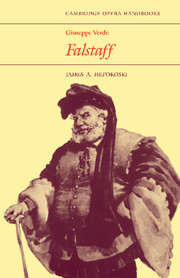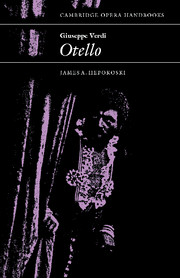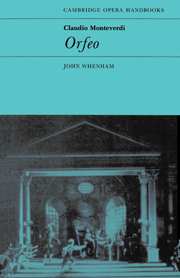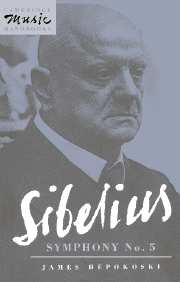Giuseppe Verdi: Falstaff
This book is a compact, up-to-date guide to the history and construction of Verdi's last - and possibly greatest - opera. Incorporating the findings of the most recent research, it provides performers, opera enthusiasts, students and scholars alike with a reliable summary of what is currently known about the work. The book gives a full synopsis of the plot and a detailed account both of Verdi's aims in composing the opera and of how he actually composed it: which portions were difficult for him, which he considered crucial, which were afterthoughts, etc. Special attention is given to separating the three versions of Falstaff that Verdi approved - versions that are still confused in almost all performances today. Professor Hepokoski also supplies extensive discussions of Boito's derivation of the plot and text from Shakespeare (and others); of the musical technique and structure of Falstaff; and of Verdi's own guidelines for interpretation, staging and singing. A guide to critical assessments of the opera illustrates the widely differing receptions the opera has had in the twentieth century, and a concluding essay by Graham Bradshaw discusses Shakespearean aspects of both Otello and Falstaff. The book contains a bibliography, a discography (by Malcolm Walker), illustrations of the original stage designs and costumes, and extensive musical examples.
Product details
January 1984Paperback
9780521280167
192 pages
216 × 140 × 11 mm
0.28kg
Available
Table of Contents
- 1. Synopsis
- 2. The forging of the libretto
- 3. The composition of the opera
- 4. Milan, Rome and Paris: three versions of Falstaff
- 5. Musical technique and structure
- 6. The interpretation of Falstaff: Verdi's guidelines
- 7. A brief stage history
- 8. A guide to critical assessments and interpretations
- Epilogue Graham Bradshaw
- Bibliography
- Discography Malcolm Walker
- Index.








